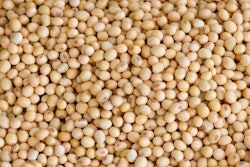
Long ago, when scientists were in the process of opening up the magic world of vitamins, there were many vitamins discovered. More than one scientific group, unaware of the work done by others (no internet!), discovered almost simultaneously the same active compounds (vitamins) that were given widely disparate names. Vitamin A, B, C, D, E was just one of the ways to name these vitamins. As it happens, some were identical and were merged under a single term.
With vitamin B the opposite happened. Under this term, there is a plethora (actually nine) of vitamins that have nothing in common except that they are water soluble — as opposed to vitamins A, D, E, K. Vitamin C is also water soluble, but it escaped being grouped under the Bs. Nevertheless, many still believe vitamin B is just one single compound/vitamin. Sometimes we call them Vitamin B group, but this only increases confusion as the other vitamins are not grouped.
So, let me say it out loud: There is no such thing as one vitamin B.
So, let me say it out loud: There is no such thing as one vitamin B. There are instead the following vitamins: riboflavin, niacin, pyridoxine, thiamin, folacin, biotin, choline, pantothenic acid and cobalamine. Some are known by a Bx denomination. For example, cobalamine is better known as B12, whereas most do not know that B1 is thiamine — and why should they? I suggest we keep the good names and drop the Bx terminology, especially since the numbering is no longer sequential.
It should also be remembered that although vitamins “B” exist almost everywhere, they are seldom enough to cover the needs of modern animal production requirements. As such, most, if not all, must be provided through a premix. But this is another story…

















